The world of raptors, with its majestic hunters and skilled aerial predators, is often epitomized by the hawk. These birds of prey are renowned for their mastery of the skies, displaying exceptional speed and agility in their pursuit of prey.
One of the most intriguing aspects of a hawk’s aerial prowess is its speed. The question of “How fast can a hawk fly?” delves into the awe-inspiring realm of avian flight.
Hawks, with their powerful wings and keen hunting instincts, have evolved to achieve remarkable speeds in different contexts.
From the soaring grace of the Red-tailed Hawk to the breathtaking stoop of the Peregrine Falcon, hawks’ speed is a testament to their place in the avian hierarchy.
In this exploration, we uncover the secrets behind the incredible speeds hawks can attain.
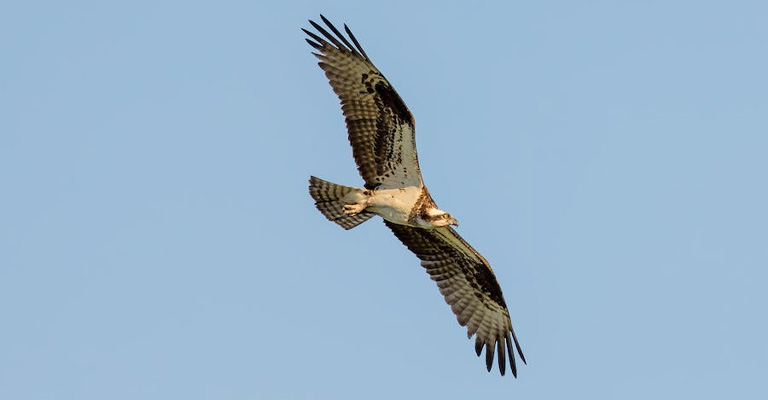
How Fast Can A Hawk Fly?
Hawks are renowned for their impressive speed and agility in the air. Depending on the species, hawks can fly at varying speeds. On average, most hawks can maintain a cruising speed of around 20 to 40 miles per hour (32 to 64 kilometers per hour).
However, when they are in pursuit of prey or during courtship displays, many species can significantly increase their speed.
For instance, the peregrine falcon, often referred to as a falcon rather than a hawk, is one of the swiftest birds of prey and can reach speeds of up to 240 miles per hour (386 kilometers per hour) during its high-speed stoop, which is a rapid, high-angle dive used for hunting.
Hawks’ speed, coupled with their keen eyesight and powerful talons, makes them formidable hunters and aerial predators in various ecosystems.
What Is A Hawk Approaching Speed?
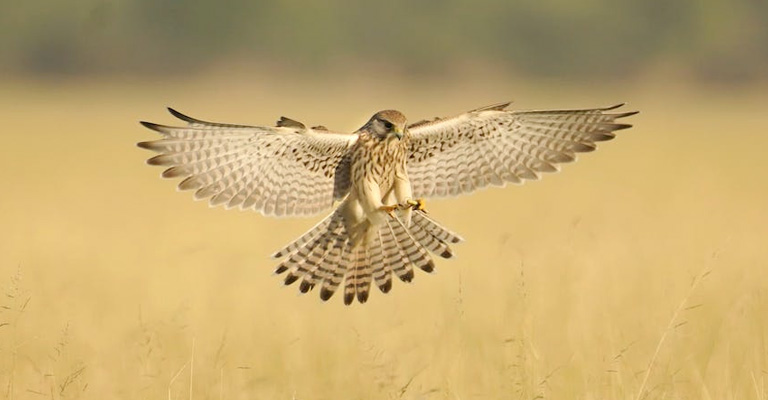
Hawks employ various approaches in their hunting and territorial behaviors, each tailored to their specific needs and the prey they target.
Here are some different kinds of hawk approaches:
High-Soaring Approach
Many large hawks, such as the Red-tailed Hawk, use a high-soaring approach when hunting for prey. They circle at high altitudes, searching for movement on the ground, and then dive down swiftly to catch their prey.
Still-Hunting Approach
Some hawks, like the Northern Harrier, adopt a still-hunting approach. They perch quietly or hover low over fields, marshes, or open areas, patiently waiting for small mammals or birds to emerge before pouncing on them.
Stoop Attack
The stoop is a high-speed, power-dive utilized by hawks like the Peregrine Falcon when hunting birds in flight. This approach allows them to reach tremendous speeds and strike their prey with precision.
Surprise Pounce
Hawks known for stealth, such as Cooper’s Hawk, employ a surprise pounce approach. They suddenly burst out of cover to ambush unsuspecting prey, relying on the element of surprise.
Low-Level Swoop
Certain hawks, like the American Kestrel, perform a low-level swoop close to the ground or vegetation to capture insects, small mammals, or reptiles.
Dive Bombing
Ospreys are known for their dive-bombing approach when hunting fish. They hover above the water, spot their prey, and then plunge feet-first into the water to grasp the fish with their talons.
Territorial Aerial Displays
Hawks engage in aerial displays when establishing or defending territory or during courtship. These displays often involve acrobatic maneuvers, like the aerial cartwheel, to assert dominance or attract a mate.
Hawks’ varied approaches reflect their adaptability as predators, allowing them to target different prey species and employ specific strategies to maximize their hunting success in diverse environments.
What’s The Fastest A Hawk Can Fly?
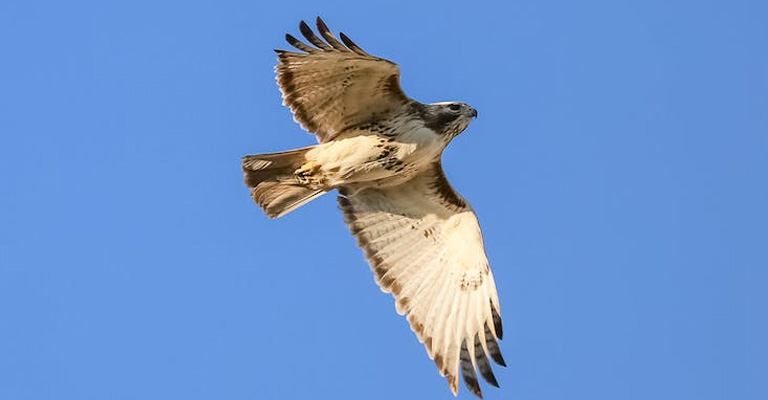
The title of the fastest-flying bird of prey belongs to the Peregrine Falcon, which is often associated with hawks due to its raptor classification. During a high-speed stoop, the Peregrine Falcon can achieve astonishing velocities, reaching up to 240 miles per hour (386 kilometers per hour).
The stoop is an impressive hunting technique where the falcon climbs to a great altitude, spots its prey from above, and then rapidly dives in a controlled manner to strike with its talons.
This incredible speed allows the Peregrine Falcon to successfully capture other birds in mid-air, making it one of the most agile and fearsome aerial predators in the avian world.
The combination of its speed, exceptional eyesight, and powerful talons makes the Peregrine Falcon a remarkable and highly effective hunter in the world of birds of prey.
Factors Affecting A Hawk’s Speed?
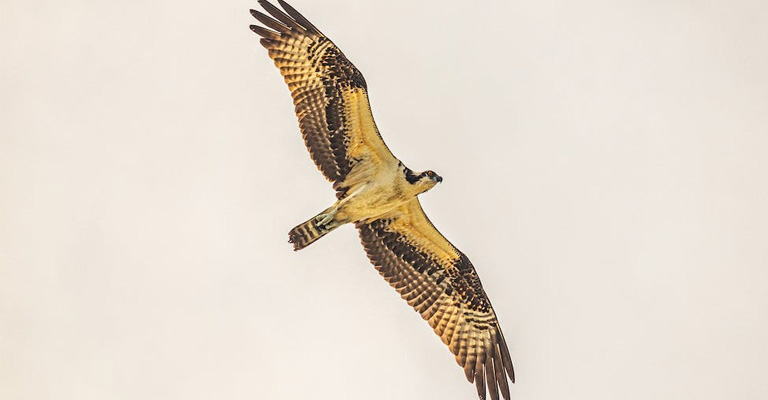
Several factors influence a hawk’s speed, determining its ability to soar, hunt, and evade predators.
Here are some key factors affecting a hawk’s speed:
Species and Size
Different hawk species have varying sizes and wing structures, directly influencing their flight capabilities. Larger hawks, such as Red-tailed Hawks, may not be as agile as smaller species like the American Kestrel but compensate with endurance and gliding efficiency.
Physical Condition
A hawk’s overall health and physical condition significantly impact its flight performance. Illness, injury, or malnutrition can hinder a hawk’s speed and agility, affecting its ability to hunt successfully.
Age and Experience
Young hawks, especially fledglings, are often less skilled and slower in flight compared to mature adults. With age and experience, hawks learn to optimize their flight techniques and become more efficient hunters.
Wing Shape and Aspect Ratio
Hawks with long, pointed wings and a high aspect ratio (ratio of wingspan to average wing width) experience reduced drag, enabling faster flight. These wing adaptations are common among hawks that engage in high-speed pursuits, such as the Peregrine Falcon.
Wind Conditions
Wind speed and direction significantly affect a hawk’s flight. Hawks often use thermal currents and updrafts to gain altitude without expending much energy.
Tailwinds can boost their speed, while headwinds may slow them down or alter their hunting strategies.
Altitude and Atmospheric Pressure
Higher altitudes have lower air density, which affects the lift generated by a hawk’s wings. At higher altitudes, hawks may need to adjust their flight techniques to maintain speed and stability due to reduced air resistance.
Purpose of Flight
The purpose of flight, whether it’s hunting, migrating, or defending territory, influences a hawk’s speed.
Hunting hawks, especially those employing stooping techniques, often reach high speeds to capture prey, whereas hawks engaged in territorial displays may prioritize maneuverability and agility over pure speed.
These factors interplay in complex ways, shaping the unique flight capabilities of each hawk species and individual, allowing them to adapt to diverse environments and ecological niches.
How Do Hawks Use Their Flight?
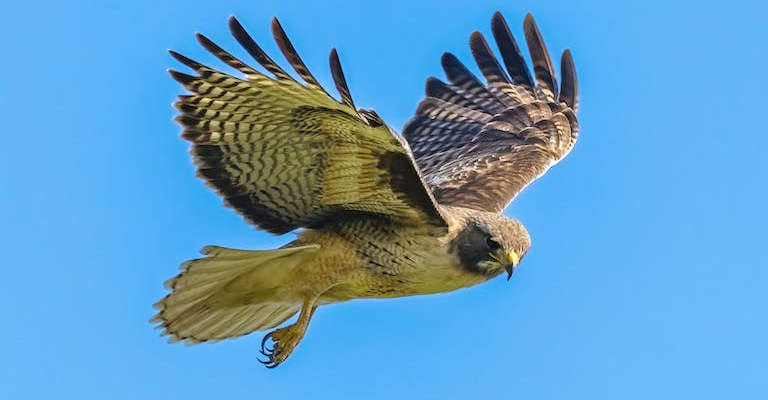
Hawks are renowned for their mastery of flight, which they utilize in various ways to meet their survival and ecological needs. Here are the types of usage for hawk flight:
Hunting and Predation
Hawks are skilled hunters and primarily use their flight to locate, pursue, and capture prey. They employ a range of hunting techniques, such as soaring, gliding, and stooping, to target birds, mammals, or even insects.
The Peregrine Falcon, for instance, uses high-speed dives to catch flying birds in mid-air.
Territorial Defense
Hawks often defend and establish territories to secure access to resources and breeding sites. They use flight to patrol and display ownership of their territory, engaging in aerial battles with intruders to maintain their dominance.
Migration
Many hawk species are migratory, traveling long distances between breeding and wintering grounds. Their powerful flight allows them to cover hundreds or even thousands of miles during these seasonal migrations, ensuring access to favorable climates and food sources.
Courtship Displays
During the breeding season, hawks engage in elaborate aerial courtship displays. These displays involve intricate flight maneuvers, including soaring, swooping, and tumbling, which serve to attract a mate and reinforce the pair’s bond.
Foraging for Food
Hawks use flight to search for potential food sources, including perching on vantage points to spot prey from above. They then swoop down to capture their quarry, employing agility and precision.
Efficient Scavenging
Some hawk species, like the Red-shouldered Hawk, use their flight to efficiently scavenge carrion. They patrol roadways or open areas, looking for opportunities to feed on roadkill and other readily available food sources.
Exploration and Exploration
Young hawks, especially fledglings, use flight to explore their surroundings and learn critical navigation skills.
Flight is essential in their development and understanding of the environment as they discover potential roosting sites, foraging areas, and future territories.
Hawks’ versatile flight capabilities make them formidable predators and adaptable to a range of ecological niches, from open grasslands to dense forests.
Whether hunting, defending territory, or navigating extensive migration routes, flight is an integral part of their daily lives and survival strategies.
FAQs
How fast can a hawk fly?
The speed at which a hawk can fly varies depending on the species. On average, most hawks maintain cruising speeds between 20 to 40 miles per hour (32 to 64 kilometers per hour). However, some species, like the Peregrine Falcon, are known for their remarkable speed during hunting.
What enables hawks to fly so fast?
Hawks’ ability to achieve high speeds is attributed to their physical adaptations, including powerful flight muscles, efficient wing shapes, and specialized hunting techniques.
Their streamlined bodies and pointed wings minimize air resistance, allowing for rapid flight, while strong muscles provide the necessary power.
Do all hawk species have the same flight speed?
No, different hawk species exhibit variations in flight speed. Larger hawks, like the Red-tailed Hawk, may not be as agile as smaller species like the American Kestrel. The speed of a hawk is influenced by its size, wing shape, and hunting techniques.
How do hawks use their speed in hunting?
Hawks use their speed to chase and capture prey, employing techniques like stooping, soaring, and gliding. Peregrine Falcons, for example, use high-speed dives or stoops to surprise and capture other birds in mid-air, showcasing their incredible hunting prowess.
Why is the speed of hawks significant in their ecosystems?
A hawk’s speed is vital for its survival and ecological role as a predator. Their swift flight enables them to efficiently hunt, maintain territories, and, in the case of migratory hawks, cover vast distances during seasonal migrations.
This speed is essential in maintaining ecological balance and regulating prey populations in their habitats.
Conclusion
Hawks, as exemplars of nature’s design for efficient flight, astound with their speed and precision.
The question of “How fast can a hawk fly?” has revealed that, under the right circumstances, these birds of prey can reach astonishing speeds, with the Peregrine Falcon claiming the title of the fastest bird in the world.
This remarkable speed is a manifestation of their adaptation to diverse hunting strategies and environments. It reflects the evolutionary triumph of form and function, where powerful muscles and specialized wing shapes combine to create avian marvels.
As we peer into the world of hawks, we are reminded of the extraordinary diversity and ingenuity of life in the animal kingdom, where flight is a testament to the boundless wonders of the natural world.